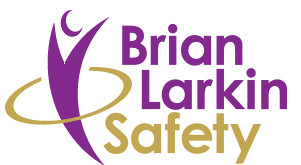 Health surveillance is a system of ongoing health checks. These health checks may be required by law for employees who are exposed to noise or vibration, ionising radiation, solvents, fumes, dusts, biological agents and other substances hazardous to health, or work in compressed air.
Health surveillance is a system of ongoing health checks. These health checks may be required by law for employees who are exposed to noise or vibration, ionising radiation, solvents, fumes, dusts, biological agents and other substances hazardous to health, or work in compressed air.
Health surveillance is important for:
1.Detecting ill-health effects at an early stage, so employers can introduce better controls to prevent them getting worse
2.Providing data to help employers evaluate health risks
3.Enabling employees to raise concerns about how work affects their health
4.Highlighting lapses in workplace control measures, therefore providing invaluable feedback to the risk assessment
5.Providing an opportunity to reinforce training and education of employees (eg on the impact of health effects and the use of protective equipment)
A risk assessment should be used to identify any need for health surveillance. You should not use health surveillance as a substitute for undertaking a risk assessment or using effective controls.
Health surveillance can sometimes be used to help identify where more needs to be done to control risks and where early signs of work-related ill health are detected, employers should take action to prevent further harm and protect employees.
When we put in place a health surveillance programme, we avoid blanket coverage for all employees as it can provide misleading results and waste money.
When reading this guidance remember that health surveillance is a particular legal requirement and should not be confused with:
1. Activities to monitor health where the effects from work are strongly suspected but cannot be established
2.Workplace wellbeing checks, such as promoting healthy living and fitness to work examinations eg fitness to dive, operate cranes, forklift trucks or health assessments requested by night employees
Health surveillance allows for early identification of ill health and helps identify any corrective action needed. Health surveillance may be required by law if your employees are exposed to noise or vibration, solvents, fumes, dusts, biological agents and other substances hazardous to health, or work in compressed air.

